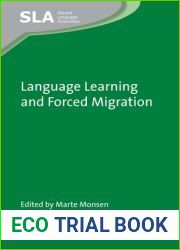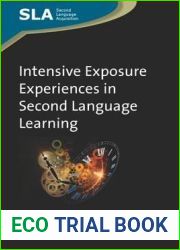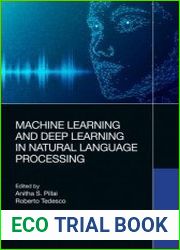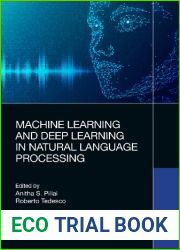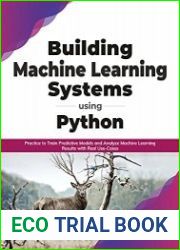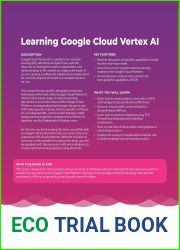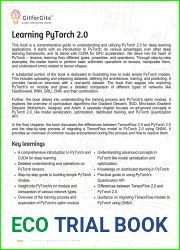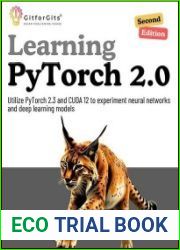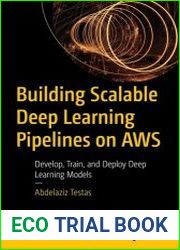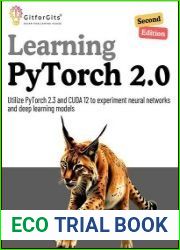
BOOKS - Understanding Large Language Models Learning Their Underlying Concepts and Te...

Understanding Large Language Models Learning Their Underlying Concepts and Technologies
Author: Thimira Amaratunga
Year: 2023
Pages: 166
Format: PDF | EPUB | MOBI
File size: 10.2 MB
Language: ENG

Year: 2023
Pages: 166
Format: PDF | EPUB | MOBI
File size: 10.2 MB
Language: ENG

Book Description: Understanding Large Language Models: Learning Their Underlying Concepts and Technologies is a comprehensive guide that explores the development and application of large language models in various fields such as natural language processing, machine learning, and artificial intelligence. The book provides an in-depth analysis of the underlying concepts and technologies that drive these models, enabling readers to gain a deeper understanding of their capabilities and limitations. It covers topics such as the history of language modeling, the basics of machine learning, and the role of large language models in shaping the future of work and society. The book begins by tracing the origins of language models and their evolution over time, highlighting key milestones and breakthroughs that have led to the current state of the field. It then delves into the fundamental principles of machine learning, providing a solid foundation for understanding the technical aspects of large language models. The authors explain how these models are trained on vast amounts of data, using techniques such as deep learning and reinforcement learning, and how they can be applied to a wide range of tasks, from text classification to language translation. As the book progresses, it examines the potential benefits and risks associated with the use of large language models, including their impact on employment, privacy, and social inequality. The authors also explore the ethical considerations surrounding the development and deployment of these models, emphasizing the need for responsible use and regulation. Finally, they discuss the future of large language models and their likely impact on society, considering the possibilities of further advancements and the challenges that may arise.
''







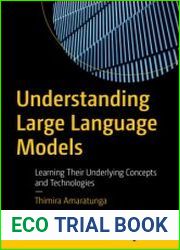


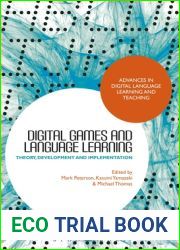





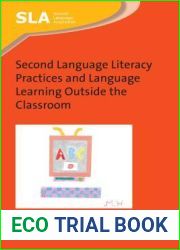







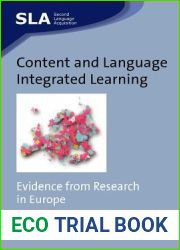



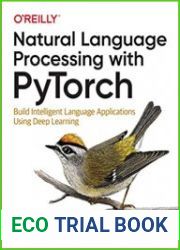

![Second Language Learning Before Adulthood: Individual Differences in Children and Adolescents (Studies on Language Acquisition [SOLA], 65) Second Language Learning Before Adulthood: Individual Differences in Children and Adolescents (Studies on Language Acquisition [SOLA], 65)](https://myecobook.life/img/6/658708_oc.jpg)

